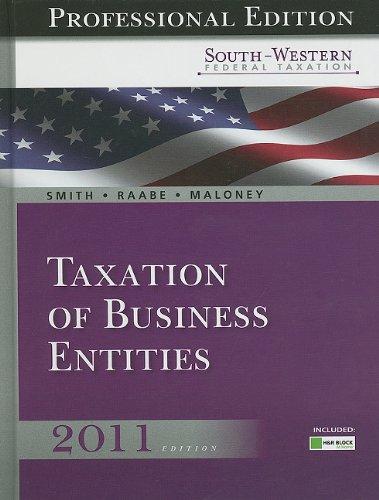LO.6 In 2009, Dickinson, Inc., reports an effective tax rate of 36%, and Badger, Inc., E THI
Question:
LO.6 In 2009, Dickinson, Inc., reports an effective tax rate of 36%, and Badger, Inc., E THI C S AND EQUI TY reports an effective tax rate of 21%. Both companies are domestic and operate in the same industry. Your initial examination of the financial statements of the two companies indicates that Badger apparently is doing a better job with its tax planning, explaining the difference in effective tax rates. Consequently, all else being equal, you decide to invest in Badger.
In a subsequent year, it comes to light that Badger had used some very aggressive tax planning techniques to reduce its reported tax expense. After examination by the IRS, Badger loses the tax benefits and reports a very large tax expense in that year. Over this multiple-year period, it turns out that Dickinson had the lower effective tax rate after all.
Do you believe Badger was ethical in not fully disclosing the aggressiveness of its tax positions in its 2009 financial statement? How does ASC 740-10 (FIN 48) affect Badger’s disclosure requirement? Does ASC 740-10 (FIN 48) still leave room for ethical decision making by management in determining how to report uncertain tax positions?
Step by Step Answer:

South Western Federal Taxation 2011 Taxation Of Business Entities
ISBN: 9780538498616
14th Edition
Authors: James E. Smith, William A. Raabe, David M. Maloney





